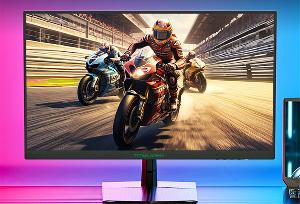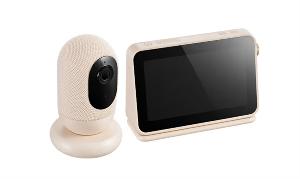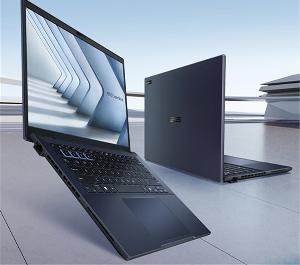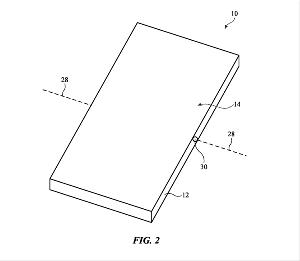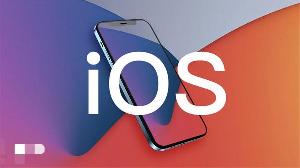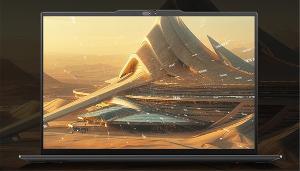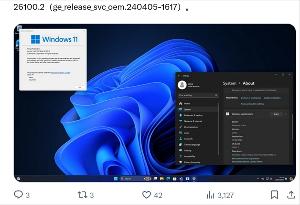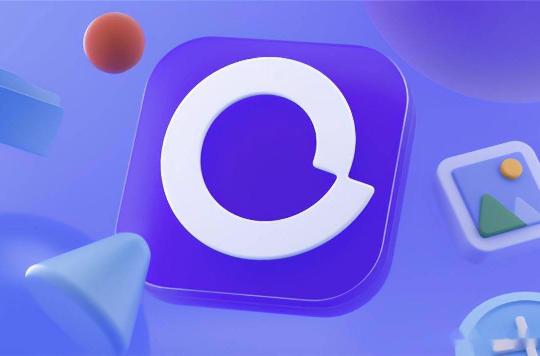微软开源早期编程语言 GW-BASIC
卡饭网5月25日消息,微软通过一篇博客文章宣布开放 GW-BASIC 的源代码。并表示,自从 MS-DOS 1.25 和 2.0 开源后,社区中要求同样开源 BASIC 语言的呼声颇高。因此微软选择将 1983 年以来的 8088 汇编语言开源出来,但仅作历史参考和教育用途,不再接收任何修改源码的拉取请求。
GW-BASIC 是 BASIC 的一个方言版本,诞生于 1983 年 2 月 10 日,作为 MS-DOS 的一个组成部分而问世。根据微软的介绍,它是从 IBM Advanced BASIC/BASICA 衍生而来的 BASIC 解释器,本身也是 Microsoft BASIC 的端口。

GW-BASIC 和微软提供给 IBM PC 的 BASICA 完全兼容,不同的是,后者依赖于 ROM 中的 BASIC 解释器,而前者并不需要。所以,GW-BASIC 能在众多 IBM PC 兼容机器上运行。在 70 和 80 年代后期,BASIC 被移植到许多 OEM 平台上,并适应了当时流行的几种处理器,包括 8088、6502、6809,Z80 等。
就像那个年代的所有其他软件(例如 MS-DOS)一样,GW-BASIC 的源代码 100% 由汇编语言编写而成 。微软解释,当时也可以选择 FORTRAN、LISP、COBOL、RPG、CPL/BCPL 和 C 等高级语言,然而这类语言的编译器比较昂贵,代码生成效率也不高,还受空间和性能限制,不适合家用或个人计算机。并且在早期编写 PC 软件时,每个字节、每条指令都需要为内存做考虑,汇编语言是不二之选。
迄今为止,微软已经发布了各种 BASIC 实现方案,其历史可以追溯到比尔·盖茨和保罗·艾伦在微软发布的第一款产品,即用于 Altair 8800 的 BASIC 解释器。
不少人希望 808x 以外的处理器的实现也能够开源,不过微软表示,目前无法提供这些资源。
原文:
We are excited to announce the open-sourcing of Microsoft GW-BASIC on GitHub!
Yes, seriously
Why?
Since re-open-sourcing MS-DOS 1.25 & 2.0 on GitHub last year, we’ve received numerous requests to also open-source Microsoft BASIC.
Well, here we are!
The Source
These sources, as clearly stated in the repo’s readme, are the 8088 assembly language sources from 10th Feb 1983, and are being open-sourced for historical reference and educational purposes. This means we will not be accepting PRs that modify the source in any way.
A little historical context
The GW-BASIC source code being published is dated Feb 10th 1983. That was quite a while ago, so just to set a little historical perspective:
The week this source was created Men At Work topped the US and UK singles charts with “Down Under”, Dustin Hoffman starred in the #1 US box-office movie, “Tootsie”. In 1983, “Star Wars Episode VI – Return of the Jedi” was released, as was “War Games”! And, Emily Blunt, Kate Mara, Jonah Hill, Chris Hemsworth, and Henry Cavill, were born! Ronald Reagan was President of the USA, and Margaret Thatcher was the UK’s Prime Minister.
That same year, Bjarne Stroustrup was in the middle of developing the first version of the C++ programming language, ARPANET standardized TCP/IP. Borland announced Turbo Pascal, created by Anders Hejlsberg (who went on to join Microsoft, and create J++, C# and TypeScript).
1983 was also the year AT&T released UNIX System V R1, and BSD 4.2 was released, introducing the pseudoterminal for the first time (the progenitor to Windows’ ConPTY we introduced to Windows in 2018 )
I was 13, and spent every spare second that I wasn’t finishing my homework or doing my chores, writing BASIC and assembly code on one of the hottest home computers of the time – the BBC Micro sporting 32KB RAM (yes, 32,768 bytes, total!), powered by a 6502 processor running at a BLAZING 2MHz. When not coding, I was usually playing one of the most groundbreaking games of all time: “Elite” by David Braben & Ian Bell.
In 1983, Apple launched the 1MHz 6502-powered Apple IIe for US$1,395 (> $3,500 in 2020). Apple also launched the first retail-available computer with a GUI – the Apple Lisa. The Lisa contained a staggering 1MB RAM, and ran the awesome Motorola 68000 processor at an astounding 5MHz, but it cost $9,995 (> $25,000 in 2020 dollars), so all I could do was peer at it through the window of the one computer store in our town authorized to sell Apple’s products … and dream.
And, in 1983 Microsoft released MS-DOS 2.0 (source here), and GW-BASIC for the IBM PC XT and compatibles.
What IS GW-BASIC?
GW-BASIC was a BASIC interpreter derived from IBM’s Advanced BASIC/BASICA, which itself was a port of Microsoft BASIC.
Microsoft’s various BASIC implementations can trace their origins all the way back to Bill Gates & Paul Allen’s implementation of Microsoft’s first product – a BASIC interpreter for the Altair 8800.
During the late ’70s and 80s, Microsoft’s BASIC was ported to many OEM’s specific platform and hardware needs, and for several processors popular at that time, including the 8088, 6502, 6809, Z80, and others.
FAQ
Wait – where’s the C source code?
There is no C source code!
Like much software from the 70s and 80s, and just like the source for MS-DOS, the source code of GW-BASIC is 100% assembly language.
Why assembly? Why didn’t developers use higher-level languages like C, or Pascal?
When developing on/for mainframes and minicomputers of the day, developers were sometimes able to use higher-level languages like FORTRAN, LISP, COBOL, RPG, CPL/BCPL, C, etc. but the compilers for such languages were often hugely expensive, rarely generated efficient code, and were generally unavailable for the space and performance constrained home and personal computers of the day.
When writing software for early PCs, every single byte and every single instruction mattered, so developers often wrote code entirely in assembly language simply to be able to physically fit their software into the available memory, and to be able to access the computer’s resources and internal workings.
Thus, all the source code for GW-BASIC is pure assembly code, translated on a per-processor/per-machine basis from core/master sources.
This source was ‘translated’?
Each of the assembly source files contains a header stating This translation created 10-Feb-83 byVersion 4.3
Since the Instruction Set Architecture (ISA) of the early processors used in home and personal computers weren’t spectacularly different from one another, Microsoft was able to generate a substantial amount of the code for a port from the sources of a master implementation. (Alas, sorry, we’re unable to open-source the ISA translator.)
What about other ports?
Many have asked if we can also open-source implementations for processors other than the 808x. Alas, we’re unable to provide sources for these ports and/or customizations.
Enjoy!
We hope you enjoy exploring this fascinating snapshot of what software development looked like during the glorious, exciting, heady days of the ’70s and early ’80s at the dawn of “the personal computer”
Many thanks to Amy, Julia Liuson, Amanda Silver, and our awesome CELA team for their approval and help finding, reviewing, and open-sourcing GW-BASIC.


